
Why Would You Use A Rotavator? Mastery Wiki
Rotavating is also very good to have good drainage in the lawn. If the lawn has bumps or patches where water gets pooled then Rotavating is done to remove the bumps or patches and level the lawn to make it flat and clean. Another reason for Rotavating the lawn is because the new grass or seeds need loose soil and space for the roots to develop.

Rotary Hoe 50cm rotavating grass into a garden bed YouTube
The depth a rotavator should go depends on the task at hand. For simple cultivation, a depth of about 5-10 cm might suffice. For more intensive tasks like preparing a vegetable plot, you might want to go as deep as 20-30 cm. Always remember to adjust the rotavator's depth gradually.

How to remove sod by hand, the easy way Sod, How to remove grass, Removing sod
Step 1: While there are many ways to remove grass—the most effective way is to use a lawnmower. Simply remove the grass by taking your lawnmower and making two passes—lengthwise, then crosswise. This ensures that your removal is level, producing a more even, healthy result. But before you proceed, make sure to set your lawnmower to the.

Top reasons why reseeding fails Weed and Feed Lawn Care
To successfully kill-reseed your existing lawn, first get rid of the existing grass by smothering, solarization, herbicide application, or digging. Then, you can improve the quality of the bare soil with fertilizer and pH amendments. Finally, reseeding the lawn through traditional sowing or hydroseeding.
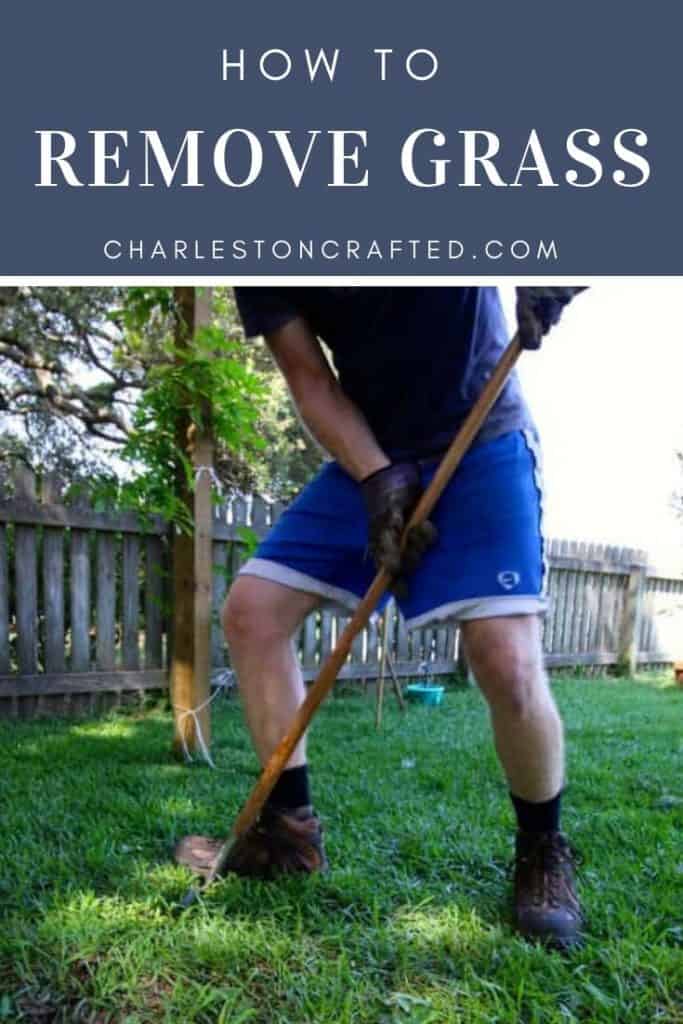
How to remove grass 4 easy DIY methods!
Yes if you like its fine. I would kill it first with weedkiller, no need for you to wait for it to turn brown if your doing it this week. Just spray the day before. Rotovate properly, as deeply as you can. The only danger with leaving the old lawn in there is that you don't relieve the compaction and you end up with a poor draining layer 6.

Grass Removal vs. Rotavating Which is Best for Your Lawn? Gardening Flow
Remember to shake off loose soil when extracting grass clumps to avoid removing the entire topsoil layer. One of the quickest ways to get rid of your grass, at least in small patches, is to remove it physically. You'll have to dig out the roots, but most grasses have shallow root systems. As you dig out clumps of grass, shake out the loose.

Stop grass getting into your pool when weed eating YouTube
Yes, you will to remove grass before rotavating. This is because rotavators are designed to be used on bare soil. If you do not fully remove the grass in the area you want to rotavate, it can cause problems such as grass patches growing in the tilled area, weed growth from seeds being spread into the soil during the tilling process and an.
ROTAVATING, LAWN LAYING, GRASS CUTTING, OVERGROWN GARDENS CLEARED FREE ESTIMATES in
Smothering your lawn kills it and allows it to compost in place, adding valuable organic matter back to the soil. Start by mowing the grass closely. Cover the lawn with a minimum of six layers of newspaper or cardboard. If you layer with newspaper, use paper with black ink because color ink can contain heavy metals.
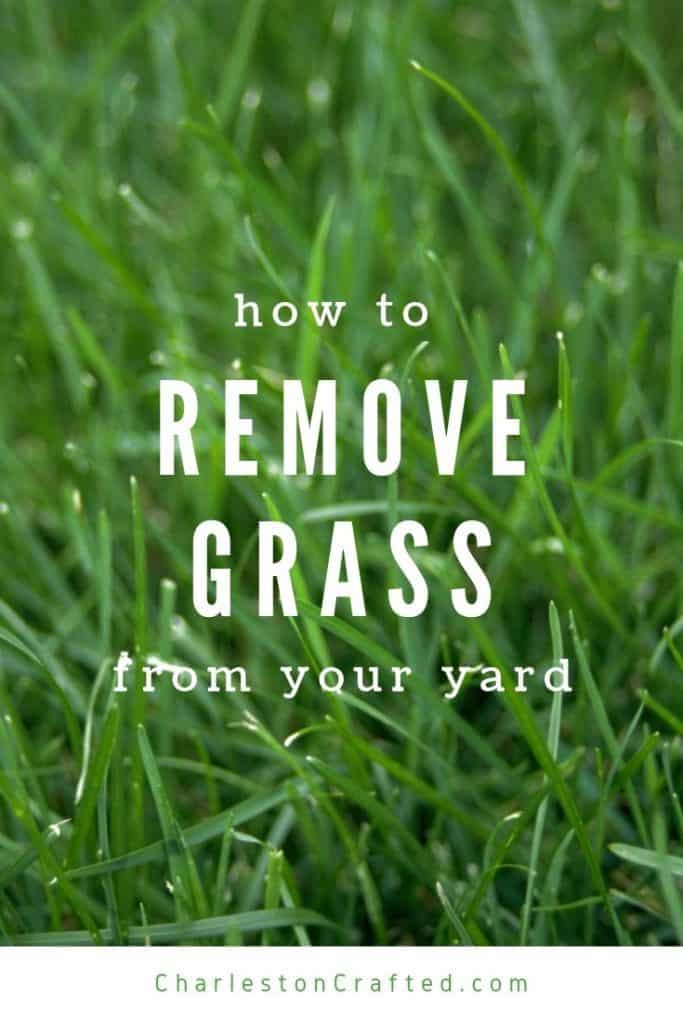
How to remove grass 4 easy DIY methods!
Removing the grass before tilling will help prevent it from growing back and also make it easier to till the soil. On the other hand, keeping the grass can help prevent soil erosion, retain nutrients, and contribute to soil health. In the end, the decision boils down to your specific gardening goals and the condition of your soil.
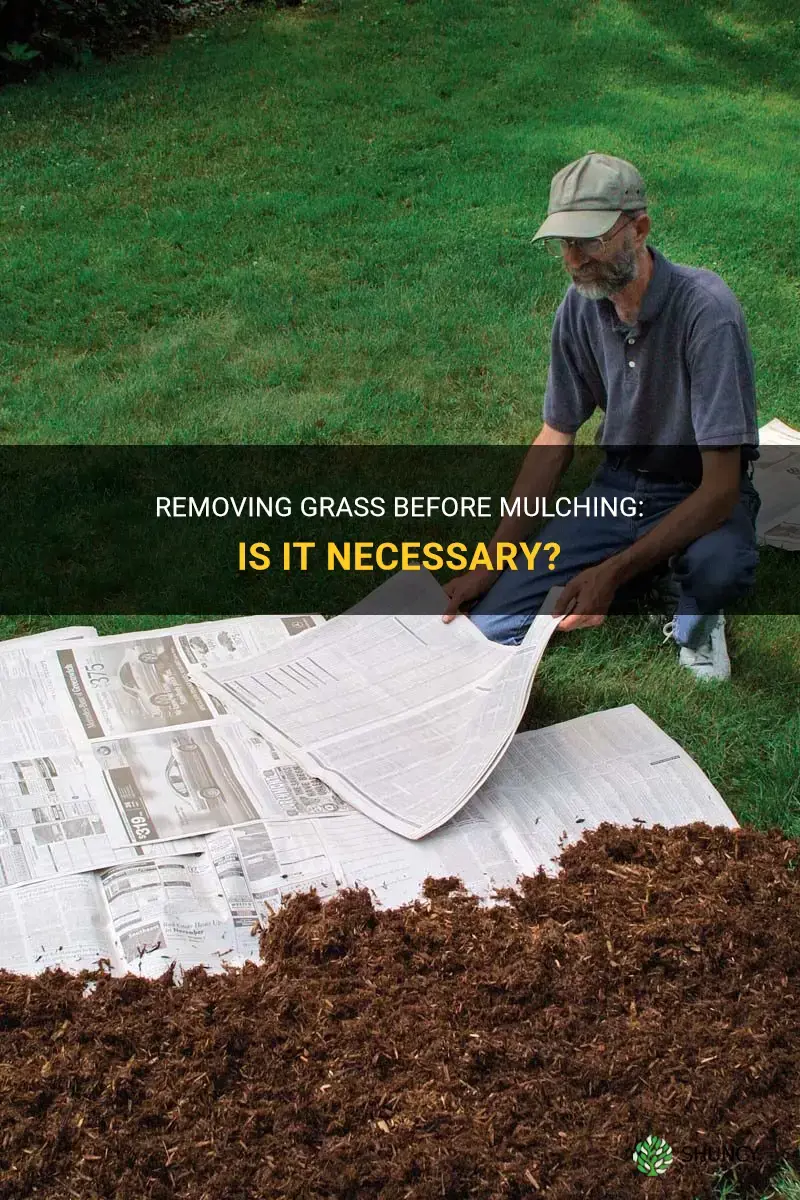
Removing Grass Before Mulching Is It Necessary? ShunCy
Water your lawn. Spread a layer of newspaper (8-10 sheets) or cardboard (1-3 layers) over the grass. Add a 2- to 3-inch layer of compost on top. The top layer should be a 3- to 4-inch layer placed over the cardboard layer. Water, weed, and wait for organic materials to decompose. This process can take a very long time.
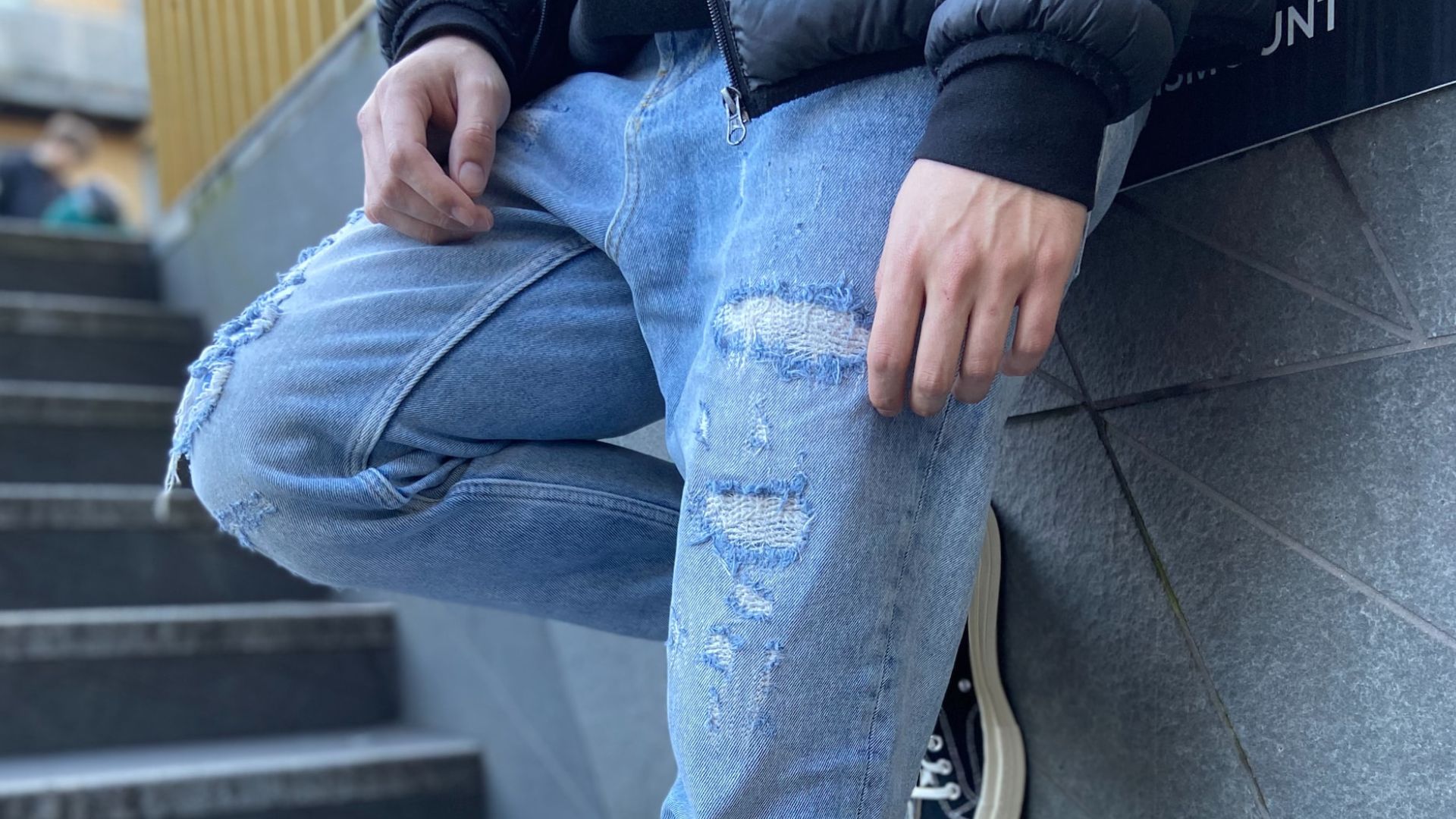
How To Get A Grass Stain Out (Easy And Quick Tips) Bye Bye Stains
Tilt the Grass on Its Side. After making the vertical slices, place the blade in the cut. Tilt the tool away from you so that it acts as a lever to force the sod to tilt up. With the chunk of grass on end, use the trowel as a knife to scrape off excess soil at the bottom of the sod. The Spruce / Steven Merkel.
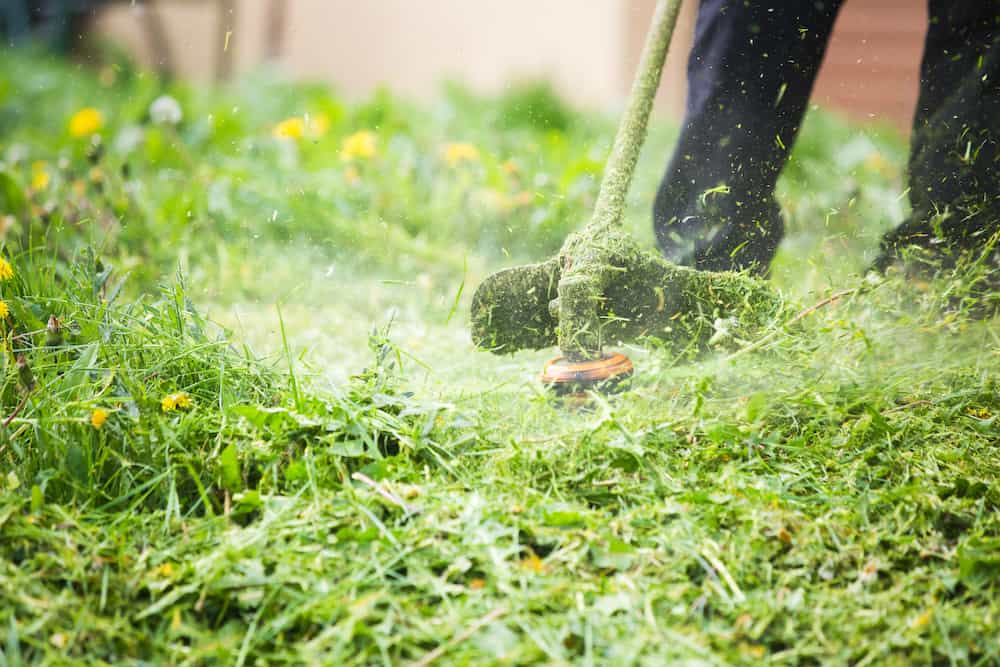
4 Best Tool To Remove Grass and Achieve the Lawn of Your Dreams
Rotavating can spread their root systems, making the problem worse. It's best to remove perennial weeds manually before rotavating to prevent their spread. Related Posts: Maintain a Beautiful Garden: Kill Grass Without Harming Roses; Factors to Consider When Rotavating. Before you start rotavating, there are some factors to consider.
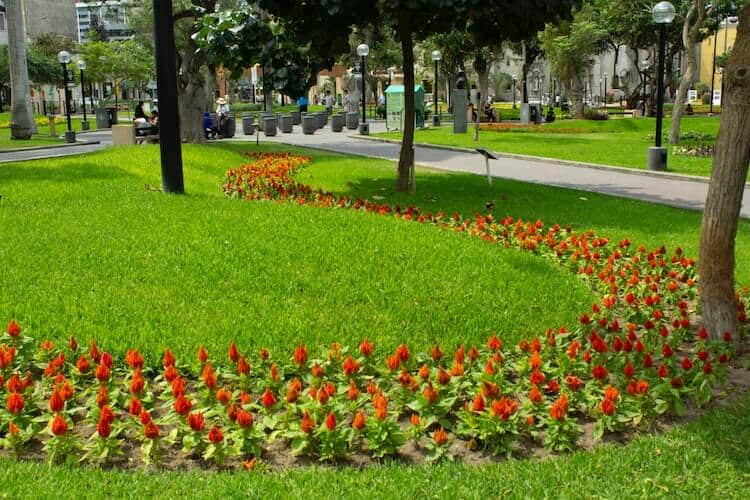
Do You Need To Remove Grass Before Mulching?
Resist the temptation to swing the tool like a pickax; your back and arms will give out before the job is done. Instead, take short swings, just hard enough to penetrate the root layer—a couple of inches deep, at most. Walk forward as you work, so the cut pieces of sod don't cover up the grass to be removed.

Improving Clay Soil For Planting Preparing Soil for Planting NPK, Soil pH, Soil / Contour
Rotavate The Land In Strips. Rotate the land in sections, slightly overlapping with the previous strip before you move onto the next. Each strip should be covered in two to three passes. Then, make another pass at the right angle to the original rotavated strips. Do not dig deeper than 2 to 3 inches on your first pass.

Grass Removal vs. Rotavating Which is Best for Your Lawn? Gardening Flow
How to Remove Grass Before Rotavating. If you decide to remove the grass before rotavating, there are a few ways to do it. You can use a sod cutter, which is a machine that cuts the grass and roots into strips that can be rolled up and removed. Alternatively, you can use a shovel or a hoe to manually remove the grass.

Grinding out various tree stumps and shrub roots in preparation for rotavating and preparing to
Grass does not need to be removed when installing new raised beds. Instead, lay several thick layers of cardboard on top of the grass, then place the new bed atop the cardboard. The cardboard will kill off the grass, but it'll also decompose over time, releasing carbon into the soil. There are a few exceptions to this general rule, which I.
- Black And Rose Gold Suitcase
- Tea Towel Printing For Schools
- Maniere De Voir Leather Trousers
- Ford Focus Mk3 Body Kit
- Chunky Sterling Silver Hoop Earrings
- Nhs Fire Safety E Learning Answers
- Villas In Praia Da Luz
- Worcester Greenstar Pressure Relief Valve
- Water Bottle Holder For Bikes
- Head Nano Ti110 Squash Racket